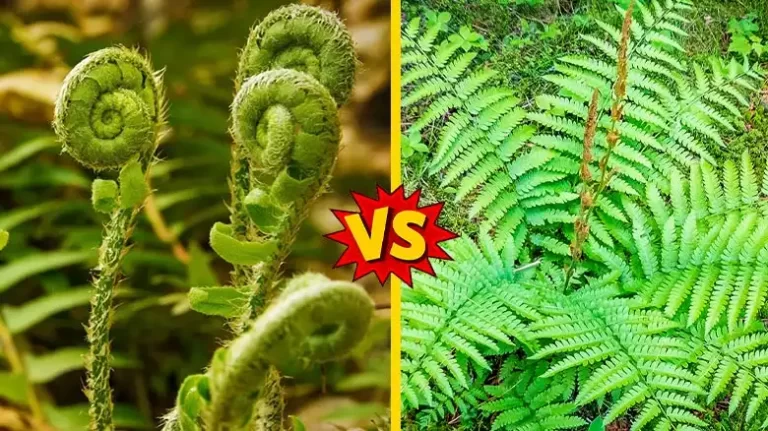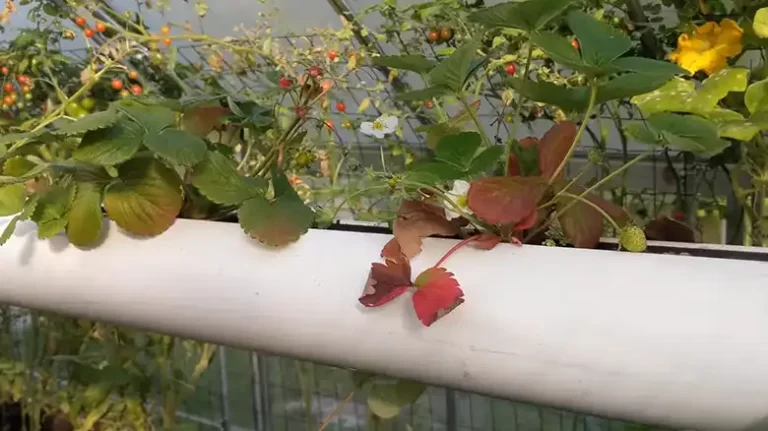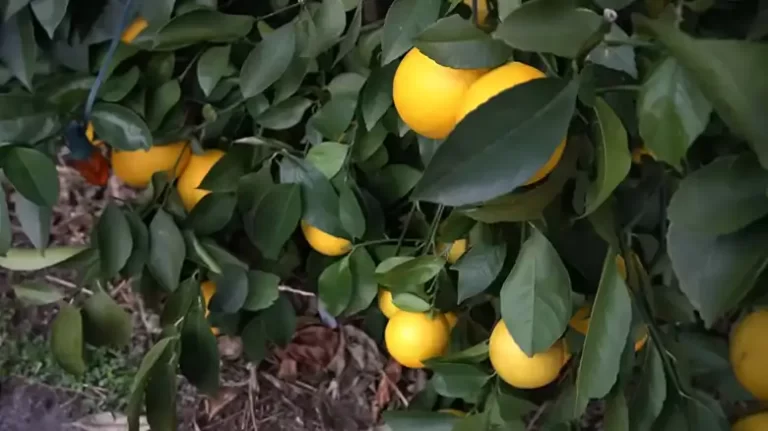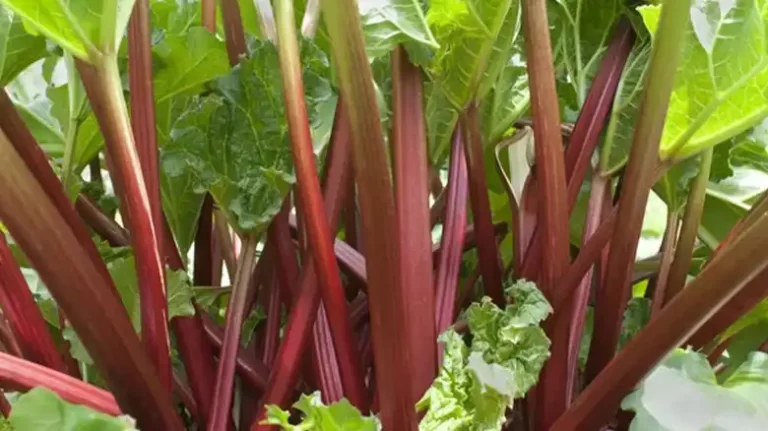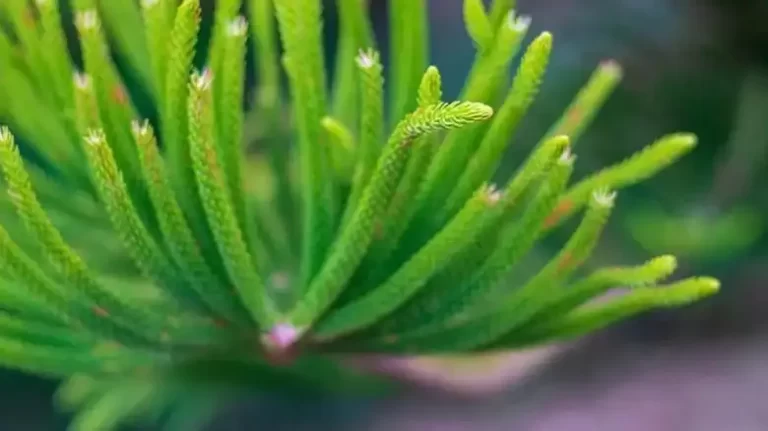Dots on Rubber Plant Leaves
Rubber plants, have become a popular choice among plant enthusiasts. However, if you’ve ever closely examined the leaves of your rubber plant, you might have noticed an intriguing phenomenon – dots or spots of various sizes and colors. What do these dots signify?
Are they a cause for concern, or are they merely a natural quirk of this fascinating plant species? In this comprehensive guide, we’ll delve into the world of rubber plants to uncover the mysteries behind this botanical enigma.
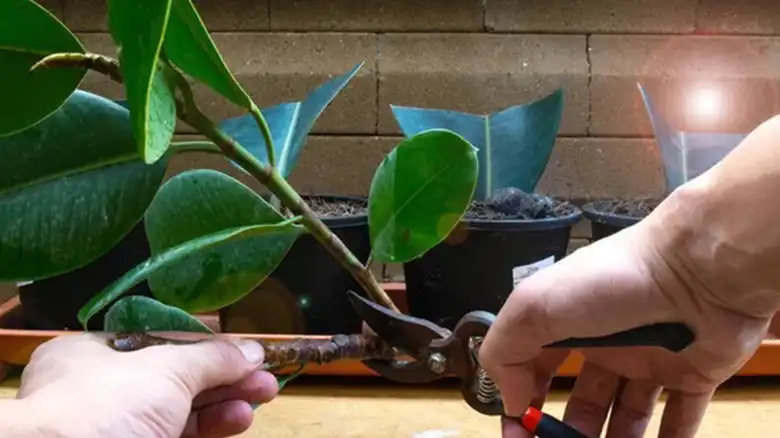
Types of Rubber Plants
In the world of rubber plants, diversity reigns supreme. These captivating indoor beauties come in various shapes, sizes, and leaf variations, making each type a unique addition to your botanical collection.
Some of the rubber plants have dots by nature. Let us explore the wide array of rubber plant varieties to discover the one that speaks to your heart and suits your indoor environment.
Ficus elastica (Rubber Fig)
The Ficus elastica, commonly known as the rubber fig, stands as one of the most recognizable members of the rubber plant family. With its robust stature, broad elliptical leaves, and vibrant green coloration, the rubber fig is a favorite among plant enthusiasts. Discover the distinct characteristics that set it apart.
Ficus benjamina (Weeping Fig)
The Ficus benjamina, often referred to as the weeping fig, presents a stark contrast to its rubbery counterparts. Featuring slender, pointed leaves and a more delicate appearance, this variety is known for its grace and charm.
Ficus lyrata (Fiddle Leaf Fig)
The Ficus lyrata, or fiddle leaf fig, commands attention with its large, fiddle-shaped leaves that make a bold design statement. Its striking appearance has made it a sought-after choice for interior décor. Delve into the distinctive attributes of the fiddle leaf fig and learn how to care for this striking species.
Identifying the Dots
As we embark on this enlightening journey to understand the enigmatic dots that grace the leaves of your rubber plant, it’s essential to pay close attention to every detail. These dots, seemingly innocuous at first glance, hold a plethora of information about your plant’s health and well-being.
Location of Dots
The first clue in deciphering the significance of these dots lies in their precise locations on the rubber plant’s leaves. Are they scattered randomly, concentrated in specific areas, or symmetrically distributed? By studying the positioning of these dots, we can gain valuable insights into their origin and potential implications for your plant’s health.
Dots may appear on both the upper and lower surfaces of the leaves, which can provide essential information about whether they are a result of external factors or intrinsic to the plant’s biology. This examination will help us distinguish between natural variations and potential issues that may require intervention.
Size and Shape
Dots on rubber plant leaves exhibit a remarkable diversity in terms of size and shape. Some dots are minuscule, barely visible to the naked eye, while others manifest as more prominent and conspicuous marks. Additionally, these dots can take on various forms, ranging from perfectly circular to irregularly shaped or even linear configurations.
By delving into the intricacies of dot size and shape, we can begin to unravel the mystery further. Are the dots consistent in size and shape across the leaves, or do they vary? Such variations can offer vital clues about their nature, potentially helping us distinguish between natural pigmentation and signs of underlying issues.
Color Variations
Perhaps one of the most captivating aspects of these dots is the breathtaking array of colors they exhibit. From subtle shades of green to vibrant yellow, earthy browns, and even hints of reddish hues, the color palette of these dots is a testament to nature’s creativity. What’s even more intriguing is that these colors can evolve over time, adding an extra layer of complexity to their interpretation.
By examining the spectrum of colors within the dots, we can gain a deeper understanding of their composition and the processes at play. Are certain colors associated with specific types of dots or underlying causes? Our exploration of color variations will shed light on this captivating aspect of your rubber plant’s leaves.
Possible Causes of Dots on Rubber Plant Leaves
When you spot those enigmatic dots on your rubber plant leaves, it’s only natural to wonder what might be causing them. These intriguing markings can vary in size, shape, and color, but they all share a common mystery. In this section, we’ll delve into the potential culprits behind the dots, helping you uncover the reasons your rubber plant leaves are adorned with these distinctive features.
Natural Variations
Sometimes, nature simply delights in diversity. Natural genetic variations within rubber plant species can lead to the development of dots on their leaves. These variations are not a cause for concern; instead, they make your plant unique and add to its character.
Pests and Infestations
The world of rubber plants isn’t without its fair share of unwelcome guests. Pests like spider mites, aphids, and mealybugs can puncture your plant’s leaves, leaving behind tiny wounds that can evolve into dots. Understanding the signs of these pesky invaders is crucial to safeguarding your plant’s health.
Fungal and Bacterial Issues
Rubber plants, like all living organisms, can fall victim to fungal and bacterial infections. These issues often manifest as discolored spots or lesions on the leaves, which may resemble the dots you’re observing. Identifying and addressing these problems promptly is essential to keep your plant thriving.
Environmental Stressors
The well-being of your rubber plant is closely linked to its environmental conditions. Factors such as light, temperature, humidity, and watering can play a significant role in the appearance of dots on the leaves. Imbalances in these conditions can stress your plant and lead to the development of dots as a response to unfavorable surroundings.
Nutrient Deficiencies
Rubber plants, like all plants, require a balanced diet to flourish. Nutrient deficiencies, particularly in essential elements like magnesium or iron, can cause discoloration and the appearance of dots on the leaves. Understanding the nutritional needs of your plant is crucial in maintaining its health and appearance.
Water Quality
The water you use to hydrate your rubber plant can impact its overall health. Tap water with high levels of minerals or chlorine can leave residues on the leaves, potentially causing dot-like discolorations. Using filtered or distilled water can help mitigate this issue.
Overwatering and Underwatering
Finding the right balance in watering your rubber plant is essential. Both overwatering and underwatering can stress the plant, leading to various issues, including the development of dots. Understanding the specific watering needs of your rubber plant variety is key to preventing these problems.
Pruning and Physical Damage
Accidental physical damage or improper pruning techniques can result in dots on rubber plant leaves. Bruises, cuts, or wounds inflicted on the leaves during maintenance can manifest as spots over time. Proper care and gentle handling can minimize the risk of such damage.
Soil Quality
The soil composition and quality can directly impact your rubber plant’s health. Poorly drained or compacted soil can lead to root stress, which can, in turn, affect the leaves and result in the appearance of dots. Choosing the right soil mix and ensuring proper drainage are crucial factors to consider.
Pot Size and Root Space
As your rubber plant grows, it may require a larger pot to accommodate its expanding root system. If it becomes root-bound due to limited space, it can experience stress, which may manifest as dots on the leaves. Repotting your plant at the appropriate time can prevent this issue.
Healthy vs. Unhealthy Dots
In the world of rubber plants, diversity is celebrated. Just like human fingerprints, each rubber plant’s leaves can display unique patterns of dots and spots. Some of these dots are perfectly healthy and natural, while others may raise concerns about your plant’s well-being.
In this section, we’ll explore the enchanting world of dots on rubber plant leaves and learn how to differentiate between the harmless and the problematic.
Healthy Dot Characteristics
Healthy dots on rubber plant leaves often tell a story of genetic diversity and natural pigmentation. Understanding these characteristics can help you appreciate the beauty of these markings:
- Even Distribution: Healthy dots tend to be evenly distributed across the surface of the leaves, creating a harmonious and aesthetically pleasing appearance.
- Natural Color Variations: These dots may exhibit an array of colors, from subtle greens to warm browns or even hints of red. These colors are typically consistent and uniform.
- Regular Shapes: Healthy dots are more likely to have regular shapes, whether they’re round, oval, or linear, adding to the overall charm of your rubber plant’s foliage.
Signs of Trouble
On the flip side, certain dots can indicate underlying issues that require your attention. It’s essential to recognize the signs of trouble and take appropriate measures to address them:
- Irregular Patterns: Unhealthy dots often appear in irregular patterns, deviating from the natural symmetry of the plant’s leaves.
- Discoloration: If you notice dots that are significantly discolored compared to the rest of the leaf or appear as raised lesions, it’s a sign that something might be amiss.
- Change in Size: Dots that rapidly change in size or spread across multiple leaves can be a red flag, indicating potential health problems.
- Accompanied Symptoms: Keep an eye out for additional symptoms such as wilting, yellowing, or leaf distortion, which may be linked to the presence of unhealthy dots.
What Lies Beneath: Unpacking the Causes
To truly understand the nature of the dots on your rubber plant leaves, it’s essential to dig deeper and explore the various factors that can contribute to their formation. In the following sections, we’ll investigate the potential causes of both healthy and unhealthy dots, shedding light on the mysteries that lie beneath the surface.
Healthy Dot Origins
Healthy dots are often the result of genetic diversity within the rubber plant species. These unique variations can create a tapestry of beauty on your plant’s leaves. We’ll delve into the genetic factors that contribute to these delightful markings.
Unraveling the Unhealthy
Unhealthy dots may arise from a range of issues, including pest infestations, fungal or bacterial infections, and adverse environmental conditions. We’ll dissect each of these factors, providing you with the knowledge needed to identify and combat these potential threats to your rubber plant’s well-being.
Nurturing Your Rubber Plant
Now that you can distinguish between healthy and unhealthy dots, it’s time to learn how to care for your rubber plant and maintain its overall health. Our next section will provide valuable insights into proper care, including watering techniques, light conditions, and environmental considerations, ensuring your plant continues to thrive and grace your space with its natural elegance.
Frequently Asked Questions
Q1: How do I determine if the dots on my rubber plant leaves are healthy or unhealthy?
A1: To distinguish between healthy and unhealthy dots, consider their distribution, color consistency, shape, and any accompanying symptoms. Healthy dots tend to evenly adorn the leaves with consistent, natural colors and regular shapes. Unhealthy dots often appear irregularly with significant discoloration and may accompany symptoms like wilting or leaf distortion.
Q2: What are the common causes of unhealthy dots on rubber plant leaves?
A2: Unhealthy dots can result from various factors, including pest infestations by insects like spider mites or mealybugs, fungal or bacterial infections that manifest as discolored spots or lesions, and environmental stressors such as light imbalances, temperature fluctuations, humidity issues, or improper watering.
Q3: How can I treat my rubber plant if it has unhealthy dots?
A3: The treatment for unhealthy dots depends on their underlying cause. For pest infestations, identify the specific pest and apply appropriate measures like insecticidal soap or neem oil, and consider isolating the plant. For fungal and bacterial infections, isolate the affected plant, trim and discard infected leaves, and apply a recommended fungicide or bactericide. For environmental stressors, adjust the plant’s care regimen to correct issues and prune affected leaves if necessary.
Q4: Can I prevent dots from appearing on my rubber plant leaves?
A4: While preventing dots entirely may not be possible, you can minimize their occurrence by providing proper care, regularly inspecting your plant for signs of pests or disease, and quarantining new plants before introducing them to your collection. Healthy dots can contribute to your plant’s unique beauty, so not all dots should be a cause for concern. Monitoring your plant’s overall health and addressing issues promptly will help it thrive.
Conclusion
In conclusion, the presence of dots on rubber plant leaves is a fascinating aspect of these cherished indoor plants. While they can be a source of aesthetic intrigue, understanding their nature and potential causes is essential for the well-being of your rubber plant.
Whether your plant displays healthy genetic variations or requires attention to address underlying issues, the key is attentive care and maintenance.
